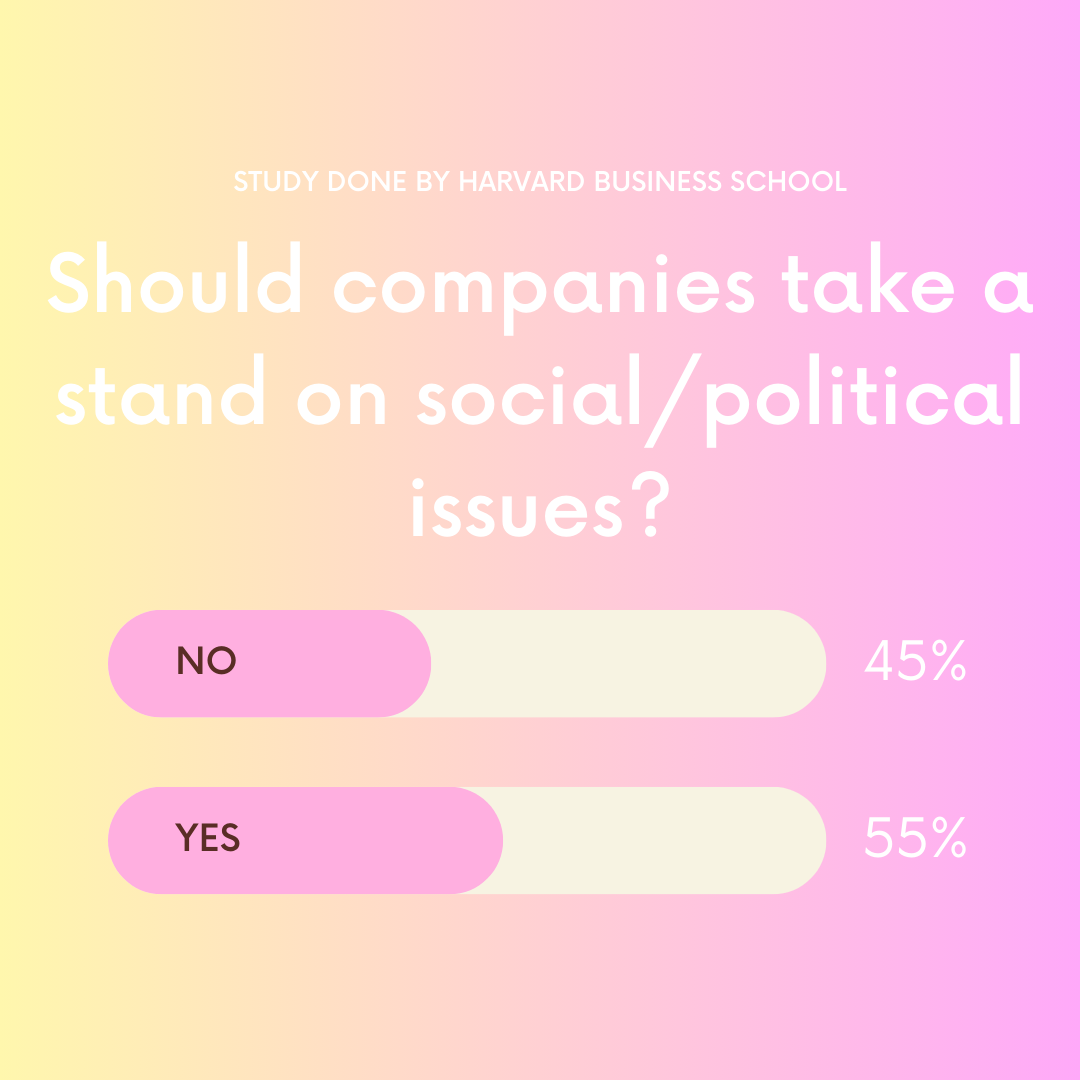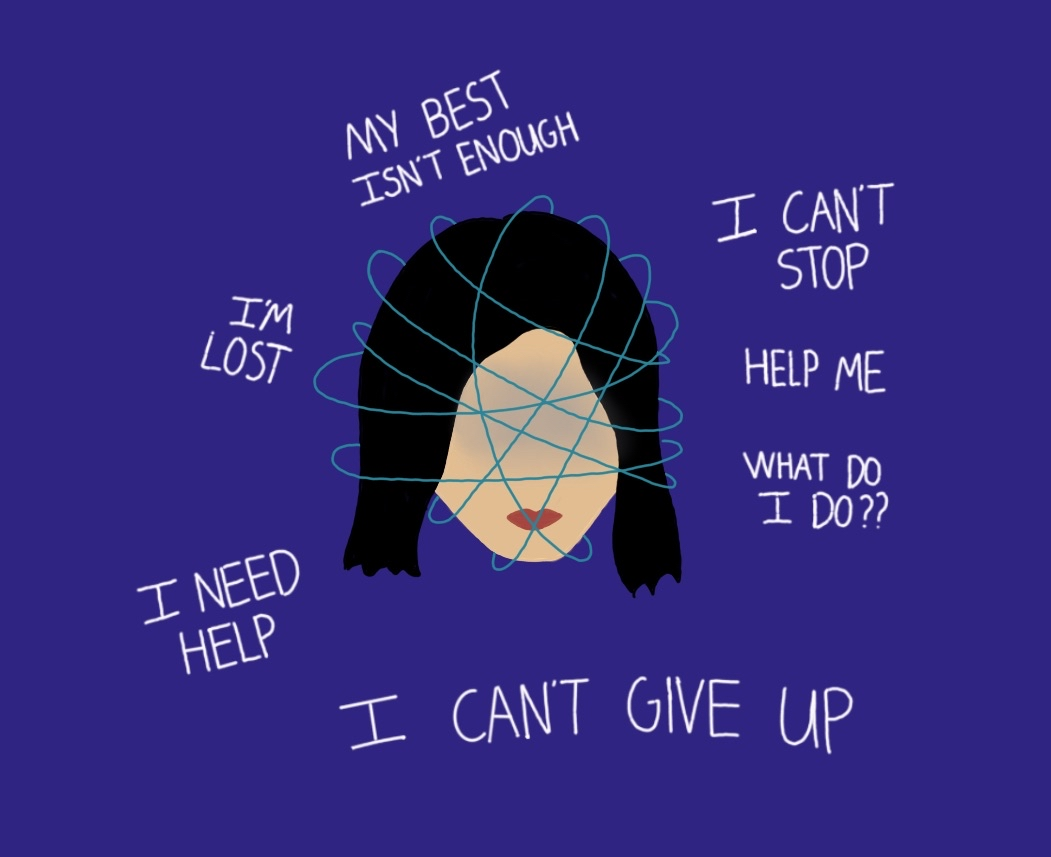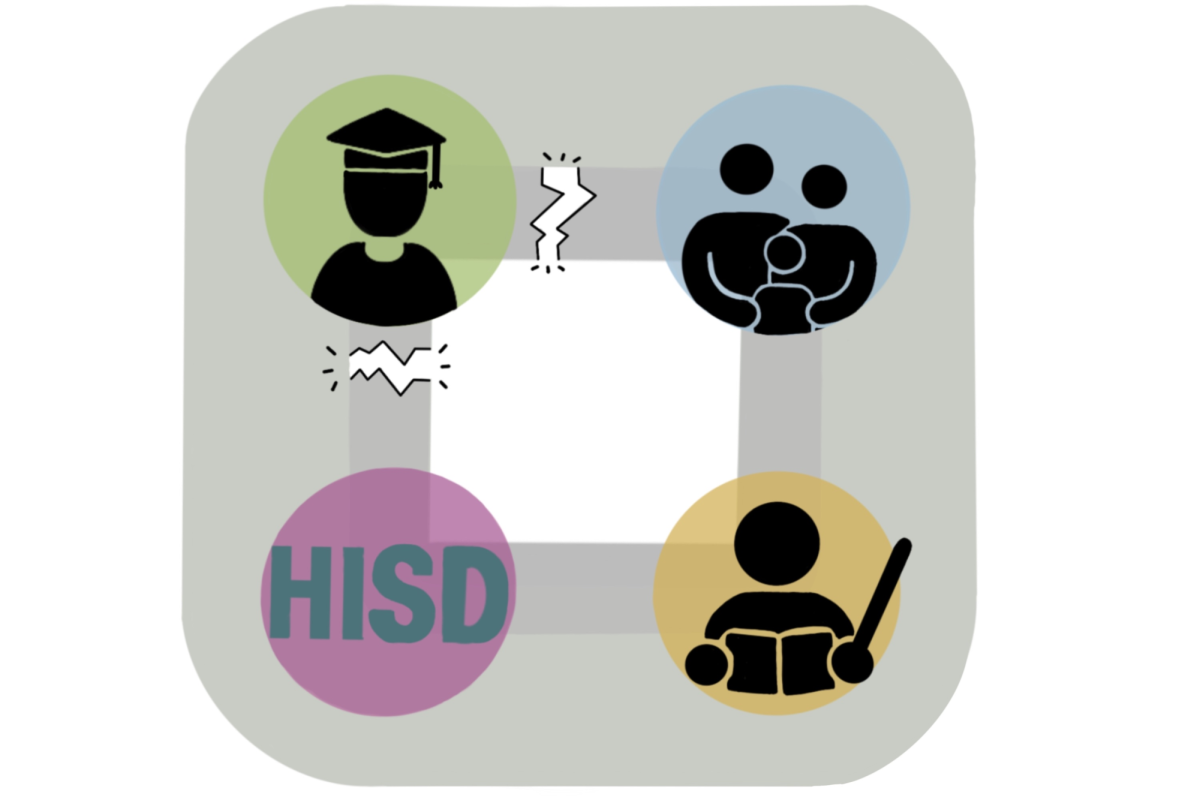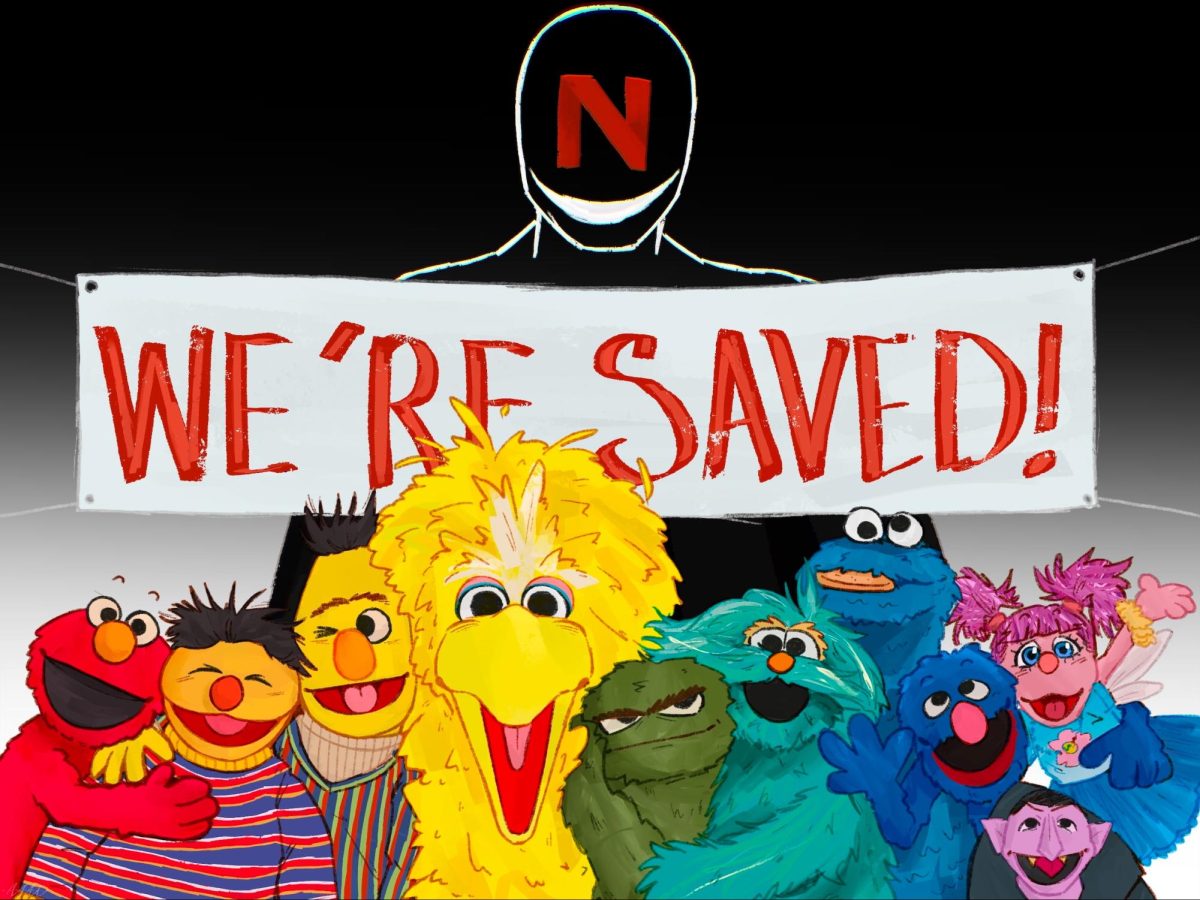Black squares.
That’s what flooded everyone’s Instagram feed during the Black Lives Matter protests of 2020.
#BlackoutTuesday was one of the many movements where people and corporations shared their support for standing against racial injustice. Sure, they helped spread awareness, but did they take action, or just make noise?
In efforts of not being “canceled,” performative activism is becoming all too common.
Performative activism is defined as “activism that is done to increase one’s social capital rather than because of one’s devotion to a cause.” Companies and influencers capitalize on pressing matters to improve their brand image without any true intention of making change.
Because of all the superficial advocacy, genuine efforts to make a difference are often overshadowed. Fifty-five percent of American consumers believe it’s important for companies to take a stand on key social, environmental and political issues. But when companies speak about issues without meaningful intent, younger generations tend to doubt authentic movements. Performative acts of activism align with what is currently trending at the moment, so social media algorithms tend to favor them instead of meaningful advocacy posts.
Spreading awareness is great for a cause, but words without action isn’t enough. Impressionable teens will see a brand posting about a cause and think posting on their social media is enough to cause significant change.
It isn’t.
Partaking in trends must be coupled with action, or else an idea gets spread that advocacy is surface-level.
Don’t be fooled. When corporations share their “support” about a pressing matter, it’s sometimes no more than a marketing tactic. Companies like H&M launch “sustainable” clothing lines, but still significantly contribute to waste and overconsumption. It’s important for younger audiences to know the difference between a genuine and inauthentic interest in making change.
Influencers on social media have a significant impact on their audience – hence their name. However, some influencers will promote performative activism campaigns just to hop onto trends, which undermines the significance of movements. With large platforms and millions of followers, influencers have a responsibility to research the causes they are aligning themselves with so as to not misinform their audiences.
The bottom line is that performative activism does more harm than it does good. It weakens genuine engagement and embeds distrust among younger generations. Seventy-one percent of people agreed with the idea that “social media makes people believe that they are making a difference when they really aren’t.”
Corporations have a responsibility to encourage genuine activism among younger generations. Teens are often told they are “too young” to make a significant change in the world, but that is simply not true. There is so much more that can be done for a cause beyond posting on social media. From donating to verified organizations and attending protests, anyone can contribute to meaningful change. If companies just prioritized real commitment over their image, younger generations could be inspired to make real change.
They must do more.
We must do more.











Sarah Nitsun • Nov 1, 2024 at 1:30 pm
I am so glad you covered this, its such an important issue and is definitely relevant to our student body!
Catherine Xue • Oct 31, 2024 at 2:04 pm
This article is so real, I’m really glad you chose to write about this issue!